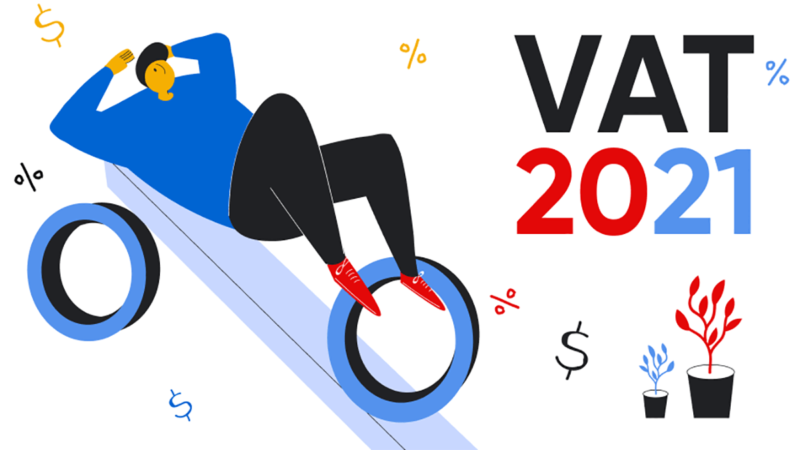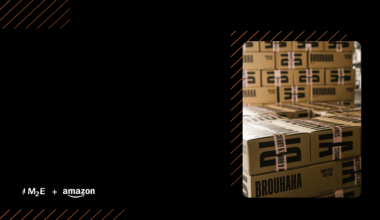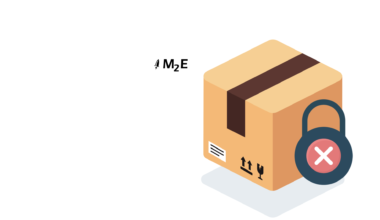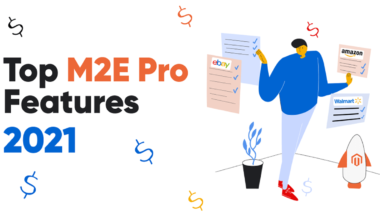In January 2021 EU made some VAT changes which inflicted on the growth of numerous sellers. This article will cover what are those changes and how they will inflict selling capabilities.
As an e-commerce seller, you might have noticed that online sales have seen a great boost during the past few years. However, due to traditional tax collection procedures, EU businesses weren’t able to take full advantage of this growth. The situation required a “refresh” as it was done to UK VAT in January 2021.
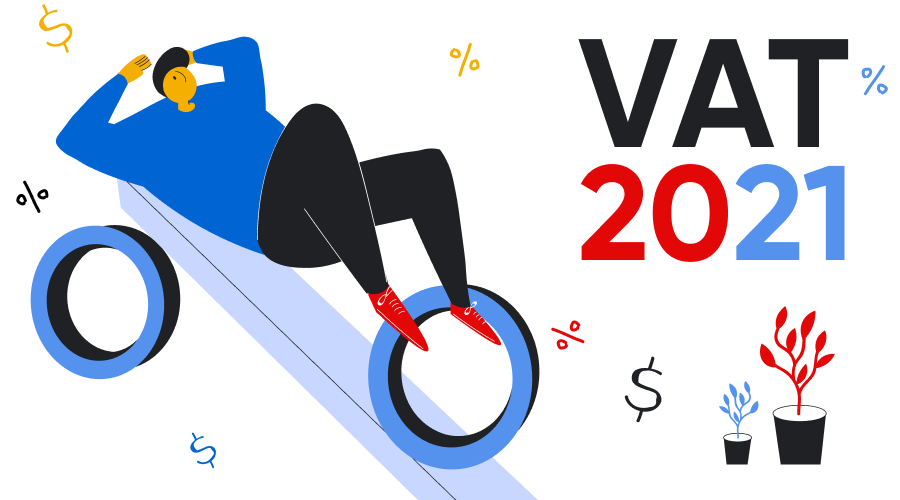
So, on 1 July, the European Union made other significant changes to its VAT e-commerce rules. These shifts had an immediate impact on merchants and online marketplaces that sell across EU country borders and export goods to buyers in the EU.
The fact new tax rules are global and complicated baffled the e-commerce community. Sellers were concerned about why the EU is making these changes, how exactly their businesses are involved, and what marketplaces are responsible for.
In this article, we’ll cover these questions and give insight into how you can adjust to the rules smoothly.
What are the main VAT changes?
No local thresholds anymore
All distance selling thresholds for trading in the EU were removed and replaced by an EU-wide value of €10,000 yearly. For sales below this amount, sellers can continue to declare and pay VAT to the EU countries based on their current VAT obligations. If annual transactions exceed that limit, merchants need to use the VAT rules and rates of the destination country.
Low-value exemptions are removed
Previously, orders with a value below €22 were free of VAT. From July 2021, all goods going into the EU are subject to VAT regardless of their value.
Marketplaces will collect VAT on some sales
Online marketplaces like eBay and Amazon are now responsible for collecting and reporting VAT. This refers to:
- goods with a value up to €150 imported from outside the EU.
- goods of any value located in the EU and sold by a non-EU seller.
The unified VAT reporting system
The EU introduced a simplified tax scheme called One-Stop Shop (OSS). It is the extended version of the already existing Mini One-Stop-Shop (MOSS) scheme designed to file VAT on some digital products in the EU. Rather than having trouble registering in every country they sell to, EU-based businesses can choose any member state to register for VAT and report VAT returns via a single place – the OSS portal.
Another tax payment scheme introduced is the IOSS (Import One-Stop Shop). Created especially for non-EU businesses, it covers all goods imported in the EU with a value of €150 or less. Enrolled sellers can freely deliver goods into the entire EU, then declare and report their VAT obligations once a month.
Even though this change is optional, we’ll take a closer look at the IOSS to make sure no room for the confusion was left.
How does the IOSS work in practice?
Let’s see what happens before, during, and after the order was placed on the marketplace.
- Registration for the IOSS. First of all, the seller needs to register through the online IOSS portal with a particular tax authority. EU sellers can choose any EU member state for enrollment, whereas businesses based outside the EU may have to appoint a VAT intermediary to use IOSS.
- Marketplace handles VAT. Next, when the EU-based buyer places an order, the marketplace collects VAT on the purchase at checkout and provides the parcel with an IOSS number as part of the import information.
- The order is checked at customs. Once shipped to the necessary EU member state, the parcel is checked at customs for the valid IOSS number. It guarantees that customers won’t need to pay tax on the goods’ arrival.
- VAT is reported via the IOSS. Finally, the order gets delivered to the buyer. Every month, the marketplace will declare and pay VAT to the tax authority the seller was registered in through the IOSS.

How EU VAT changes will affect your business in 2021?
The advantages of the new VAT rules may seem unclear at a first glance, still, they are meant to simplify tax management and reduce VAT fraud in the EU. So, basically, those VAT changes which EU made in 2021 are good.
For instance, the introduction of the single distance selling threshold will promote products going to market faster. Removal of low-value import exemption will promote EU businesses to compete with cross-border merchants on equal footing. It will surely make the trading environment fairer and balance the revenue between the two.
With the IOSS launch marketplaces will charge VAT right at the point of sale, so buyers won’t be concerned about the final value of their order any more. This will enhance customer loyalty and minimize the risk of order cancelations.
Moreover, since the IOSS-registered goods will only be checked for the IOSS number at customs, the orders will get past the border faster and buyers get their parcels in a more efficient delivery time; no doubt it’s the key to providing prime customer service.
If you are unsure or need help with tax reporting and payment practices fitting your business, please consult a professional tax advisor or accountant.
Managing VAT via M2E Pro
M2E Pro always catches the latest e-commerce and marketplace updates to make sure that your needs and demands as a seller are met. Currently, the application fully supports the import of the OSS/IOSS number in both Channel and Magento orders.
Moreover, eBay sellers can use M2E Pro to apply suitable VAT rates to their Listings. Read our guide about how to add a tax rate to the price on eBay or watch a video tutorial for Magento 1 / Magento 2.
Also, M2E Pro offers automatic invoice uploading for orders accepted across Amazon European Marketplaces (UK, DE, IT, FR, ES). The application will automatically upload invoices to Amazon, whereas the sellers can choose if those should be Magento invoices or invoices generated based on the Amazon VAT calculation settings. For more details on how to manage VAT invoices for Amazon European accounts, check this article.
